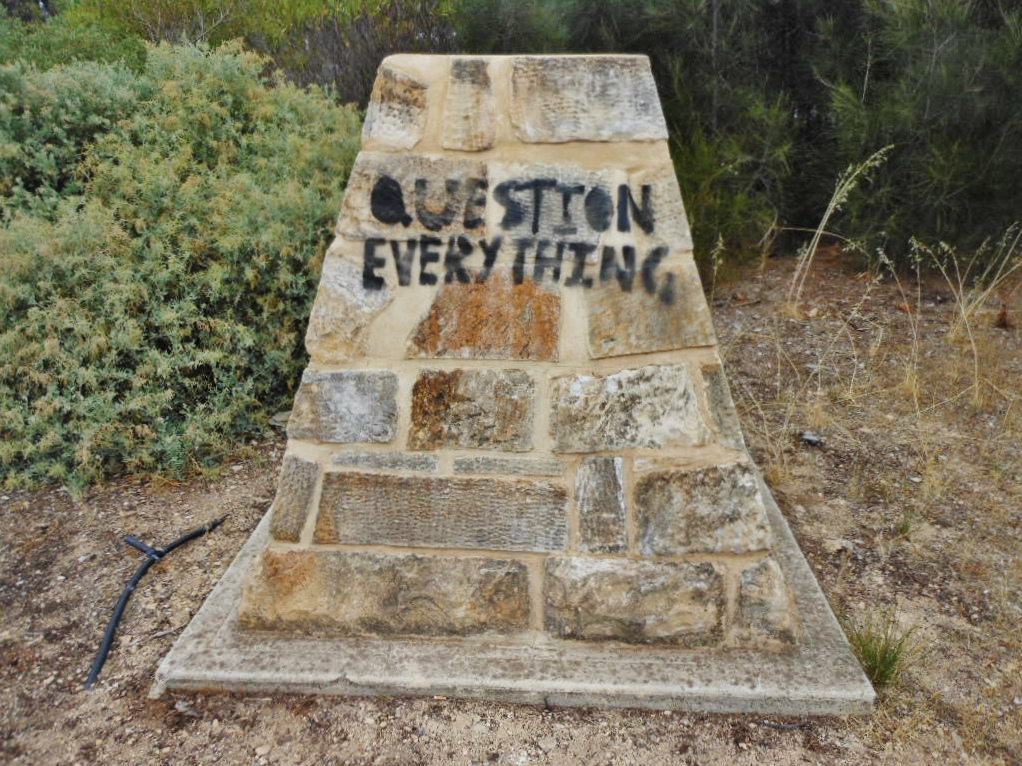
I love the toolkit metaphor. It goes something like this: To be a leader you need a wide variety of tools and strategies at your disposal. Sometimes the situation calls for a screwdriver. Other times, a wrench. In a pinch, even duct tape may suffice. Leadership is the ability to know what tool to use, how it works, and when to use it.
But which piece of equipment in our metaphorical toolkit provides the best return on investment. I love a good hammer. I can do a lot [of damage] with a hammer. Unfortunately, it’s not a very versatile tool. It doesn’t necessarily convey a message of we’re in this together. On the contrary, it says, I’m about to hit you over the head with my ideas.
For this reason, I’m better off as a leader if I can always fall back on some type of multi-tool. I may have found it in the art of coaching, specifically Cognitive Coaching as originally developed by Costa and Garmston. My district has embraced this approach for both our instructional coaches and many of our administrators. I’m starting to think of it as the Swiss Army knife in my toolkit, so to launch what I hope becomes a series of many posts, let’s take a closer look.
The Tool: Cognitive Coaching
What is it? “The mission of Cognitive Coaching is to produce self-directed persons with the cognitive capacity for excellence both independently and as members of a community.” Sounds like the perfect school staff, right? In a nutshell, it’s a way of supporting others that allows them to reach their full potential while also contributing to the holonomy of the entire system. I still struggle with some of the pie-in-the-sky idealism conveyed by the developers, but given the right circumstances, I think it may actually be possible to achieve their mission. When the strategy fails, it’s typically because some of the underlying factors — namely, trust — are absent from the system.
How does it work? The ultimate goal of a Cognitive Coach is to adopt an identity as a mediator of thinking. It’s based on the premise that I can use observable data, rapport, and skillful questioning to improve your thinking processes. The developers call these the Five States of Mind: consciousness, craftsmanship, efficacy, flexibility, and interdependence. If I am successful in helping you think through these five states, you can move from your current state to your desired state, but it will also benefit the system as a whole. In many respects, it reminds me of a Socrative dialogue or Descartes’ theory of innate ideas: the coachee is assumed to already know the solution, they just need some help in getting there.
It’s worth noting that the individual leading our training was quick to distinguish Cognitive Coaching from manipulation (even though she can coach so incredibly well that I call her a “mind ninja”.) Manipulation is about getting you to my desired states because I know what’s best. Advertisers and campaign managers are phenomenal manipulators, but you wouldn’t want them to mediate your thinking because they have their own agenda.
When to use it? Costa and Garmston would argue that coaching should be a leader’s default role any time they’re supporting staff. However, they also recognize three other support functions: collaborating (when two people interact in a more balanced way), consulting (when the coachee needs the specific expertise of the Cognitive Coach), and evaluating (when the coach also serves as the evaluator). I think coaching for building administrators is probably the most difficult. Evaluation brings a power dynamic into play in which it may be necessary to “pull rank” in order for the system to function at peak capacity. I still tend to default to the consultant role because many of the requests that cross my desk seek my specific expertise as a technology integrationist. Think of these other support functions as different tools in the leader’s toolkit. We may be able to fix a problem with our Swiss Army knife, but sometimes it’s just easier to pull out that hammer.
Image Credit: Swiss Army by Jim Pennuci via Flickr





 From an Associate Principal:
From an Associate Principal: The pages of Spiderman always seemed to sum it up the best:
The pages of Spiderman always seemed to sum it up the best: I loved
I loved 

